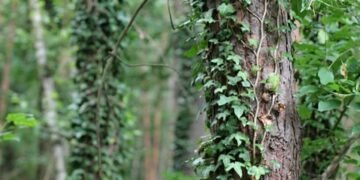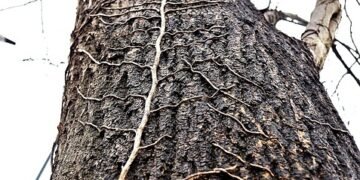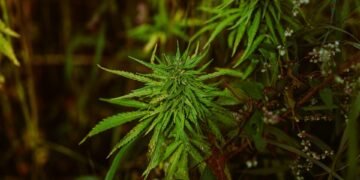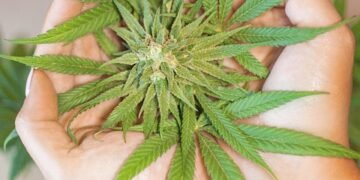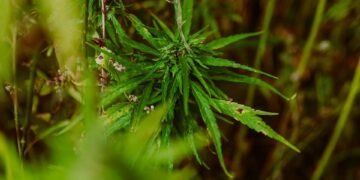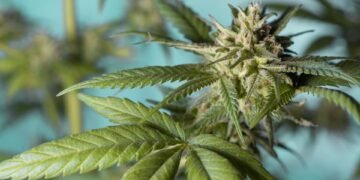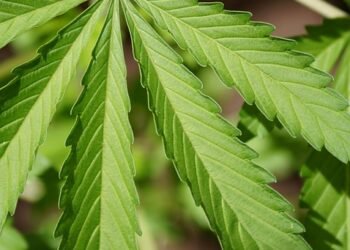Maximizing Marijuana: Strategies for High-Yield Cannabis Cultivation
When it comes to growing marijuana, maximizing your yield is essential. Whether you are a seasoned grower or just starting out, there are several strategies you can employ to ensure a successful harvest. In this article, we will discuss some of the best practices for high-yield cannabis cultivation, including proper lighting, nutrient management, and pest control. By following these tips, you can increase your yield and produce top-quality marijuana.
Choosing the Right Strain
One of the first steps in maximizing your marijuana yield is choosing the right strain. Different strains have different growth patterns, flowering times, and yield potential. Some strains are better suited for indoor cultivation, while others thrive outdoors. Before you start growing, do some research to find a strain that fits your growing environment and experience level. Some popular high-yield strains include White Widow, Northern Lights, and Blue Dream.
Providing Adequate Lighting
Light is one of the most important factors in cannabis cultivation. Marijuana plants need light to photosynthesize and produce energy for growth. When growing indoors, it is essential to provide your plants with the right amount of light. High-intensity discharge (HID) lights, such as metal halide and high-pressure sodium lamps, are commonly used for indoor cultivation. LED lights are also a popular choice due to their energy efficiency and customizable spectrum.
When growing outdoors, make sure your plants receive at least 6 hours of direct sunlight per day. If you live in a region with shorter daylight hours, consider using supplemental lighting to extend the photoperiod and promote flowering.
Managing Nutrients
Proper nutrient management is crucial for maximizing marijuana yield. Cannabis plants require a balanced diet of macronutrients (nitrogen, phosphorus, potassium) and micronutrients (calcium, magnesium, iron) to thrive. Using a high-quality fertilizer formulated specifically for cannabis can help ensure your plants receive the nutrients they need.
It is essential to monitor the pH levels of your soil or growing medium regularly. Cannabis plants prefer slightly acidic soil with a pH range of 6.0-6.8. If the pH is too high or too low, your plants may not be able to absorb nutrients effectively, leading to nutrient deficiencies and stunted growth.
Controlling Pests and Diseases
Pests and diseases can wreak havoc on your marijuana plants and significantly reduce your yield. Common cannabis pests include spider mites, aphids, and whiteflies, while diseases such as powdery mildew and bud rot can also be problematic. To prevent infestations, it is essential to practice good hygiene in your grow space, including regularly cleaning and sterilizing equipment.
There are several organic pest control methods you can use to protect your plants, such as neem oil, insecticidal soaps, and beneficial insects like ladybugs and predatory mites. If you do encounter a pest or disease problem, act quickly to prevent it from spreading to the rest of your crop.
Training and Pruning
Training and pruning your marijuana plants can help maximize your yield by encouraging lateral growth and increasing light penetration. Some common training techniques include topping, low-stress training (LST), and super cropping. These methods can help shape your plants and promote even canopy development, leading to more bud sites and larger yields.
Regular pruning is also essential to remove dead or dying foliage, improve air circulation, and prevent the spread of pests and diseases. Be sure to use clean, sharp pruning shears to avoid damaging your plants.
Harvesting and Curing
Harvesting and curing your marijuana properly is crucial to preserving potency, flavor, and aroma. When harvesting, wait until the majority of trichomes on your buds have turned cloudy or amber in color. This indicates that the THC content is at its peak, and your plants are ready to be harvested.
After harvesting, it is essential to cure your buds slowly and properly to remove excess moisture and develop the desired flavor profile. Place your trimmed buds in glass jars and burp them regularly to release any trapped humidity. Properly cured marijuana will have a smooth smoke and potent effects.
Conclusion
Maximizing your marijuana yield requires careful planning, attention to detail, and consistent maintenance. By choosing the right strain, providing adequate lighting, managing nutrients, controlling pests and diseases, training and pruning your plants, and harvesting and curing properly, you can achieve a bountiful harvest of top-quality cannabis. Remember to be patient and attentive throughout the growing process, and don’t be afraid to experiment with different techniques to find what works best for your plants. Happy growing!
By following these strategies for high-yield cannabis cultivation, you can increase your harvest and produce top-quality marijuana. Remember to choose the right strain, provide adequate lighting, manage nutrients, control pests and diseases, train and prune your plants, and harvest and cure properly. With proper care and attention, you can achieve a successful and rewarding marijuana harvest.



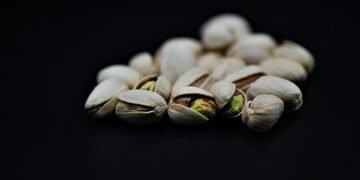

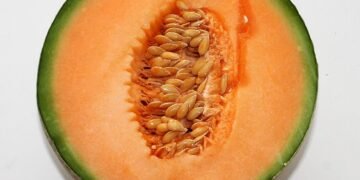







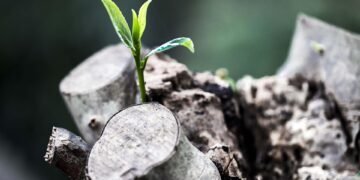




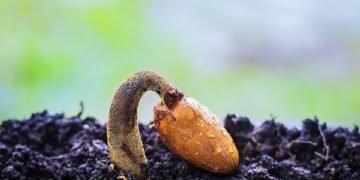

![The Mind-Blowing Effects of [Cannabis Strain]](https://cannabisdailyguide.com/wp-content/uploads/2025/10/tree-4138799_960_720-360x180.jpg)


